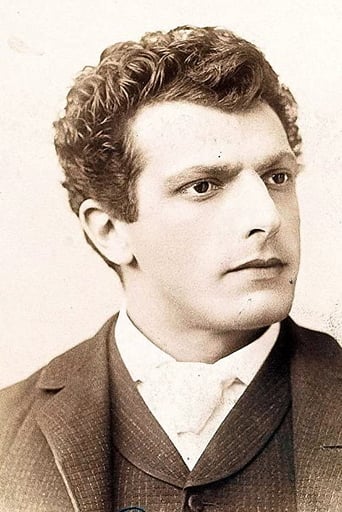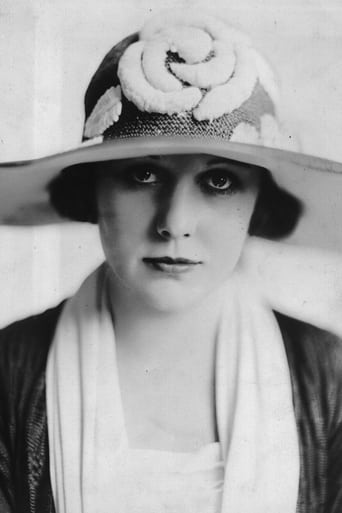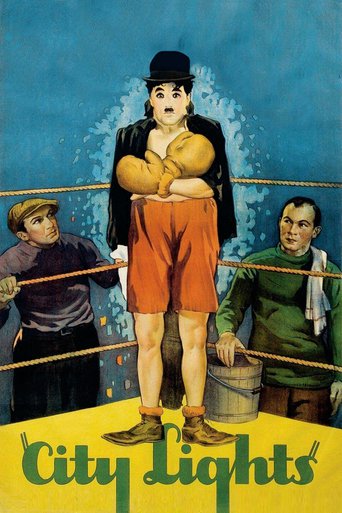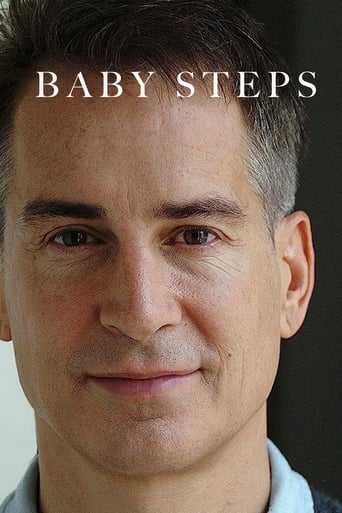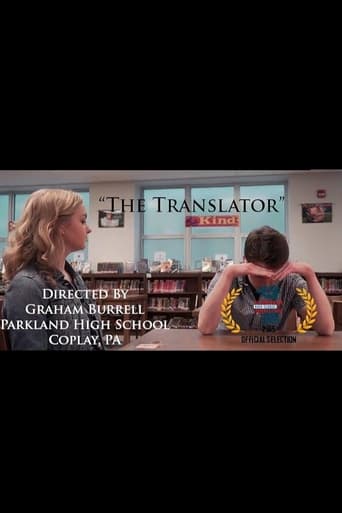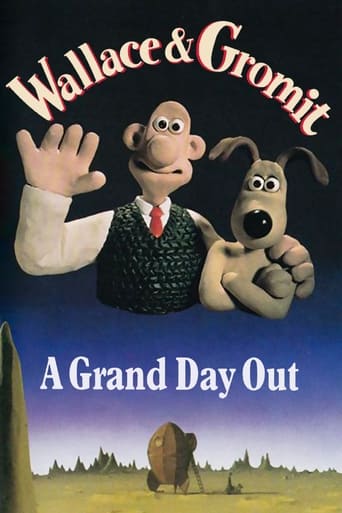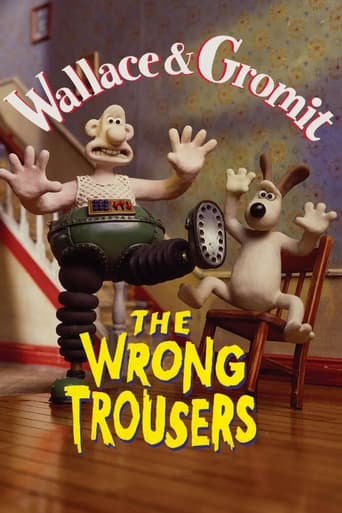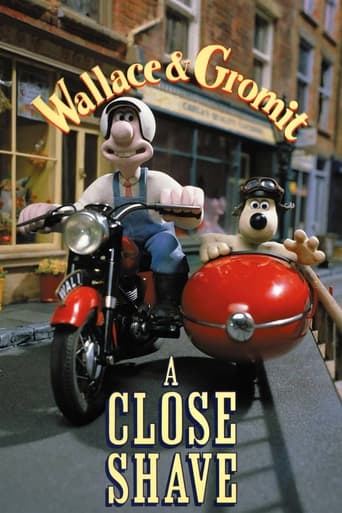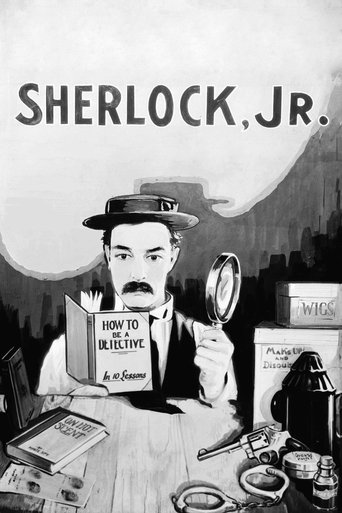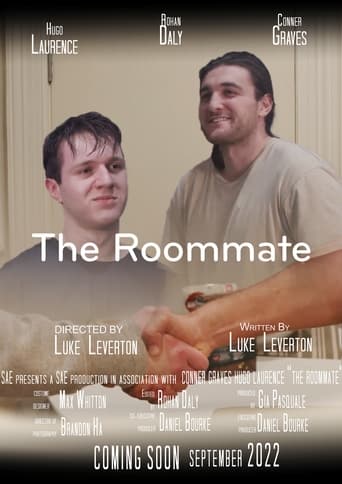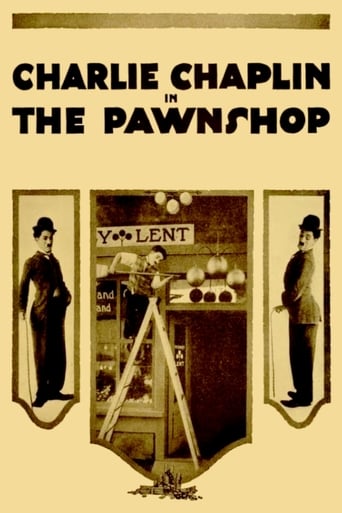
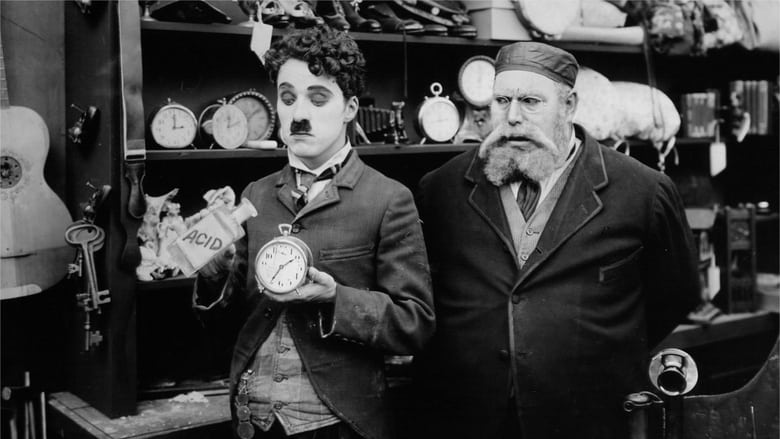
The Pawnshop (1916)
A pawnbroker's assistant deals with his grumpy boss, his annoying co-worker and some eccentric customers as he flirts with the pawnbroker's daughter, until a perfidious crook with bad intentions arrives at the pawnshop.
Watch Trailer
Cast
Similar titles
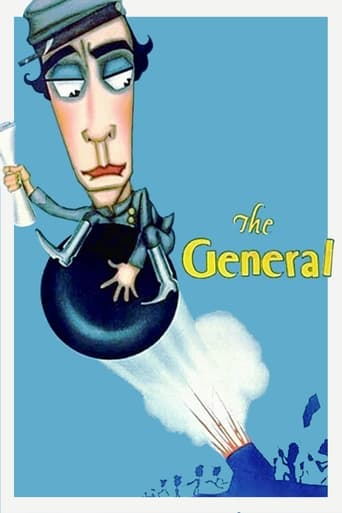
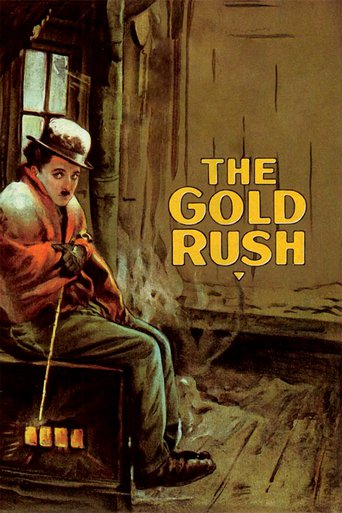
Reviews
Sadly Over-hyped
Good start, but then it gets ruined
This is a small, humorous movie in some ways, but it has a huge heart. What a nice experience.
This film is so real. It treats its characters with so much care and sensitivity.
I'd gone through a brief Charlie Chaplin period in my mid-teens, and it was all due to "The Pawnshop". I'd stumbled on this in a local museum (COSI) and thought it was hilarious, primarily because this is almost entirely a scuffle between The Tramp and the other guy in the shop (John Rand). He's the worst employee you could ask for, breaking half the store, picking a fight at every turn, harassing clients.But if you're looking for Chaplin's gifts as a comedian, then look no further. This is an impressive showcase of choreography, pantomime and stunts. Not to mention his gift for being a cheeky son-of-a-B.It's just one gag after another, some of them great, all of them coming right at you. Give the man a set and a truckload of props, and watch him go to town.8/10
Charlie Chaplin shows, once again, his great slapstick skills as a pawnshop assistant.The movie is The Pawnshop from 1916.It's his 6th film for Mutual Film Corporation.Henry Bergman portrays Pawnbroker.Edna Purviance is His daughter.John Rand plays Pawnshop Assistant.Albert Austin is Client with clock.Wesley Ruggles is Client with ring.Eric Campbell portrays Thief.One of the funniest and most memorable scenes is where a client brings an alarm clock and Chaplin breaks it and says it is not acceptable.And there are many other funny scenes like that.Chaplin was a true genius of slapstick comedy.You have to see this film
A truly great comedian doesn't sit around dreaming up funny situations – they take a look at what is around them and make something funny out of it. This is what stand-up comics do when they make satire out of anecdotes from their own life or surroundings. And in another way this is what Charlie Chaplin does in a picture like The Pawnshop, where he takes a realistic setting that could appear in any straight drama (or, indeed, the real world) and simply plays around with the props and conventions of the environment.The Pawnshop is known as one of Chaplin's greatest "prop" pictures, in which he manages to sustain an entire twenty-five minute short just through messing around with the bric-a-brac and getting in the way of his co-workers. Still, what he is doing is really quite simple. He is merely very inventive at thinking up mismatches between an item and its purpose – for example using a mangle to dry crockery or absent-mindedly cleaning a violin with a soapy cloth. Like all the best comedians, Chaplin's genius lies in his timing and positioning. He never lets any routine run for too long and become boring or repetitive. He places gags where they will have the most impact – such as the spraying of crumbs when listening to the "sad story", which he does towards the end of the sequence to diffuse the over-the-top, hammy build-up. For a piece like the well-known "clock dissection", he is able to play it slowly in just two long shots because the material has plenty of potential, and he can keep the audience wondering just how far it will go.Watching The Pawnshop, I was struck by how much more editing there now is in Chaplin's pictures. His earlier style was to keep everything in unbroken takes and let the comedy unfold naturally, but now he is throwing in a lot of angle changes and reaction shots (which is in any case consistent with how cinema was developing at this time). However he still preserves the flow of the picture by making sure the various edits complement each other. For example, in one of Charlie's fights with John Rand, we cut over to Henry Bergman gesticulating angrily at the woman with the goldfish bowl – so the pace of movement in the two shots is consistent. In an earlier fight, he throws in a couple of shots of Edna Purviance hearing the brawl from the next room. These are in mid-shot and last only a split second, thus having a snappy feel and not breaking the tempo of the fight. This is proper film-making technique in the service of comedy.Genius as he was, where would Chaplin have been without his fine supporting cast? The Pawnshop contains some of his regular co-stars at their best, including the debut of the reliable Henry Bergman. Chaplin collected generic stock characters, and Bergman is his archetypal Jolly Fat Man. Look at the way Bergman falls – his feet go one way, his head another, while the centre of his bulk goes straight down. John Rand is great as the pompous and indignant antagonist, and he manages to match Charlie for stance and timing as he suddenly dives back to work whenever the boss walks in. There's also one the best appearances of gangly Albert Austin, whose concerned but naively trusting expression really adds to the clock dissection, making the build-up seem funnier by contrast because his face stays the same regardless of how drastic the things Charlie does to his clock are. The appearances of Eric Campbell and Edna Purviance are slightly shorter than usual, but nonetheless worthy.Which brings us hurtling towards that all-important statistic – Number of kicks up the arse: 7 (7 against)
For a two reeler this short felt a little too long. In the end it became more of the same although the biggest laugh is very near to the end. Chaplin is working in a pawnshop and he fights with one of his co-workers, argues with his boss, pulls off some nice things with customers and saves the day.Like I said it became a bit dull. There are some great sequences, especially one involving a balancing ladder. The physical action in that sequence made me think of the physical comedy done by Buster Keaton. A nice short, nothing more.

